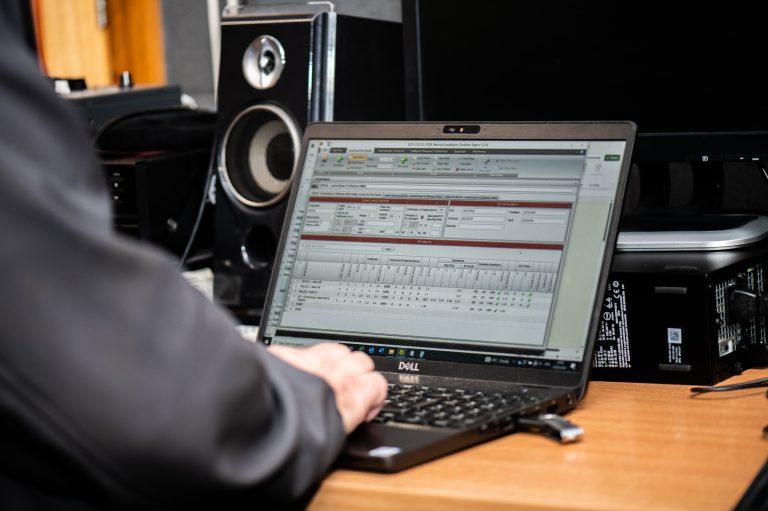Yes it was as far back as the 1960s that very early testing of electrical appliances began.
The 60’s – a time of Woodstock, The Beatles and Portable Appliance Testing?! Yes it was as far back as the 1960s that very early testing of electrical appliances began. However back then it was just in government buildings whereas now testing across all businesses is commonplace. So looking back in history, why do we carry out Portable Appliance Testing?
That time rolls around again, it seems just yesterday that Portable Appliance Testing was carried out across your organisation and already the date is looming on the labels on your appliances. Things have come a long way since the 1960’s. The introduction of the Electricity at Work Regulations 1989, which came into effect on the 1st April 1990 saw things change dramatically.
The Electricity at Work Regulations is when PAT Testing began, however it is not actually a legal requirement to carry out electrical testing. The regulations state that an employer must provide a safe place of work for all employees and guests or visitors to their premises. It is the duty holder that holds responsibility. If there is an electrical fire or someone is injured as a result of your organisation’s electrical appliance then an insurance company or court will want to see that you have taken responsibility for the maintenance and safety of equipment in your workplace.
Since the publication of the Electricity at Work Regulations 1989 a series of other guidance has been published in the last 27 years:
- 1994 HSE Guidance Note HS (G) 107
- 1994 IEE Code of Practice on the In-Service testing of electrical equipment
- Now the HSE Guidance Note is called the Memorandum of Guidance and the IEE Code of Practice is now the IET Code of Practice
- 2012 Lofstedt Report, which aimed to bring clarification to the requirements of electrical appliance maintenance and safety
- 2012 IET Code of Practice for In-service Inspection and Testing of Electrical Equipment 4th Edition
The HSE has also published a new edition of their guidance publication and along with the IET, these are the recommended books for reference on electrical appliance safety in the workplace. Following risk assessments, retest dates for appliances are carried out on an individual basis, so high usage items or items in a high risk environment are generally tested more regularly than those that are low risk.
Intersafe are electrical testing experts specialising in PAT Testing, Fixed Wire Testing and Thermal Imaging in multi-environments and across lots of different industries. If you would like more information or have any questions call 02380 610101 or email stephanie@intersafe.co.uk




